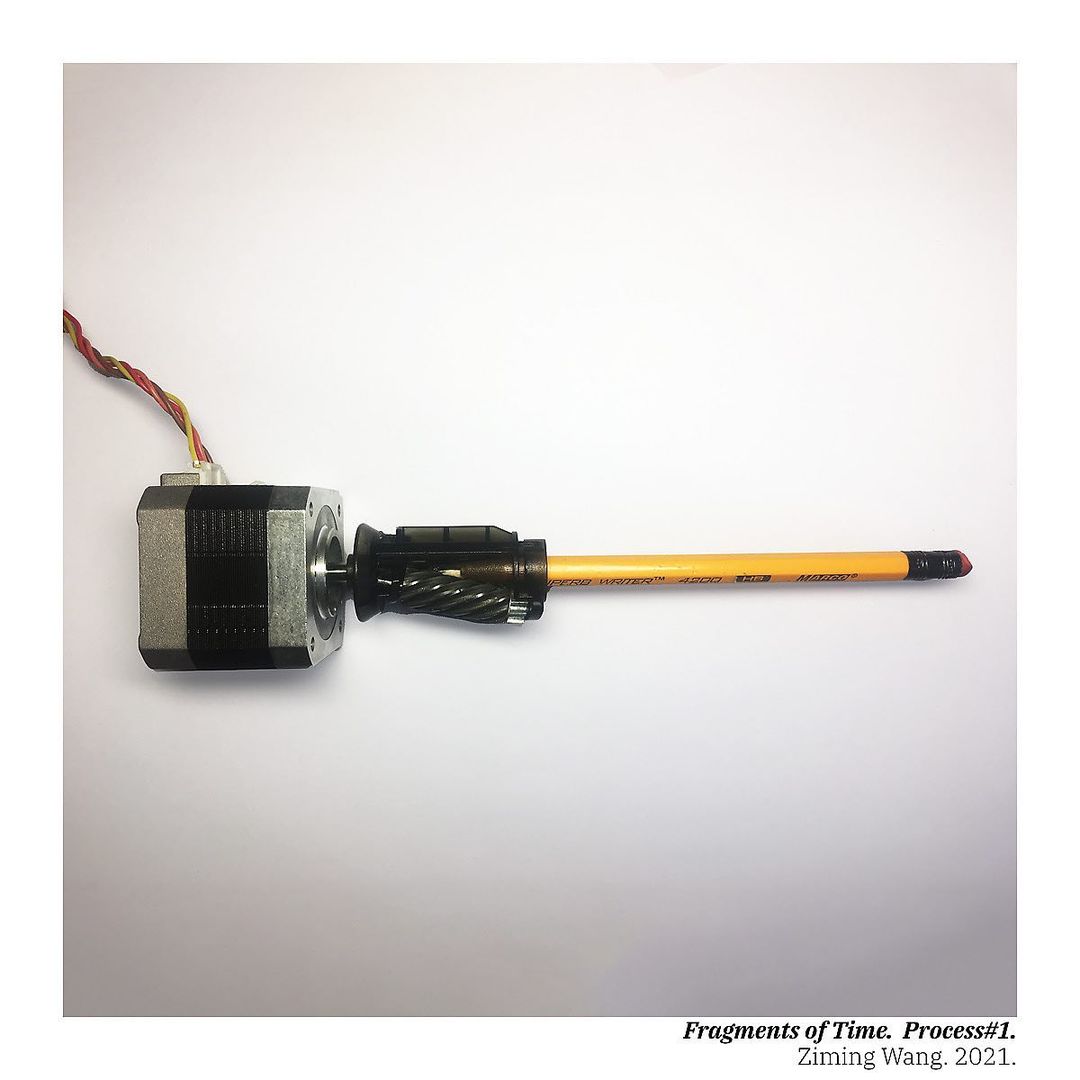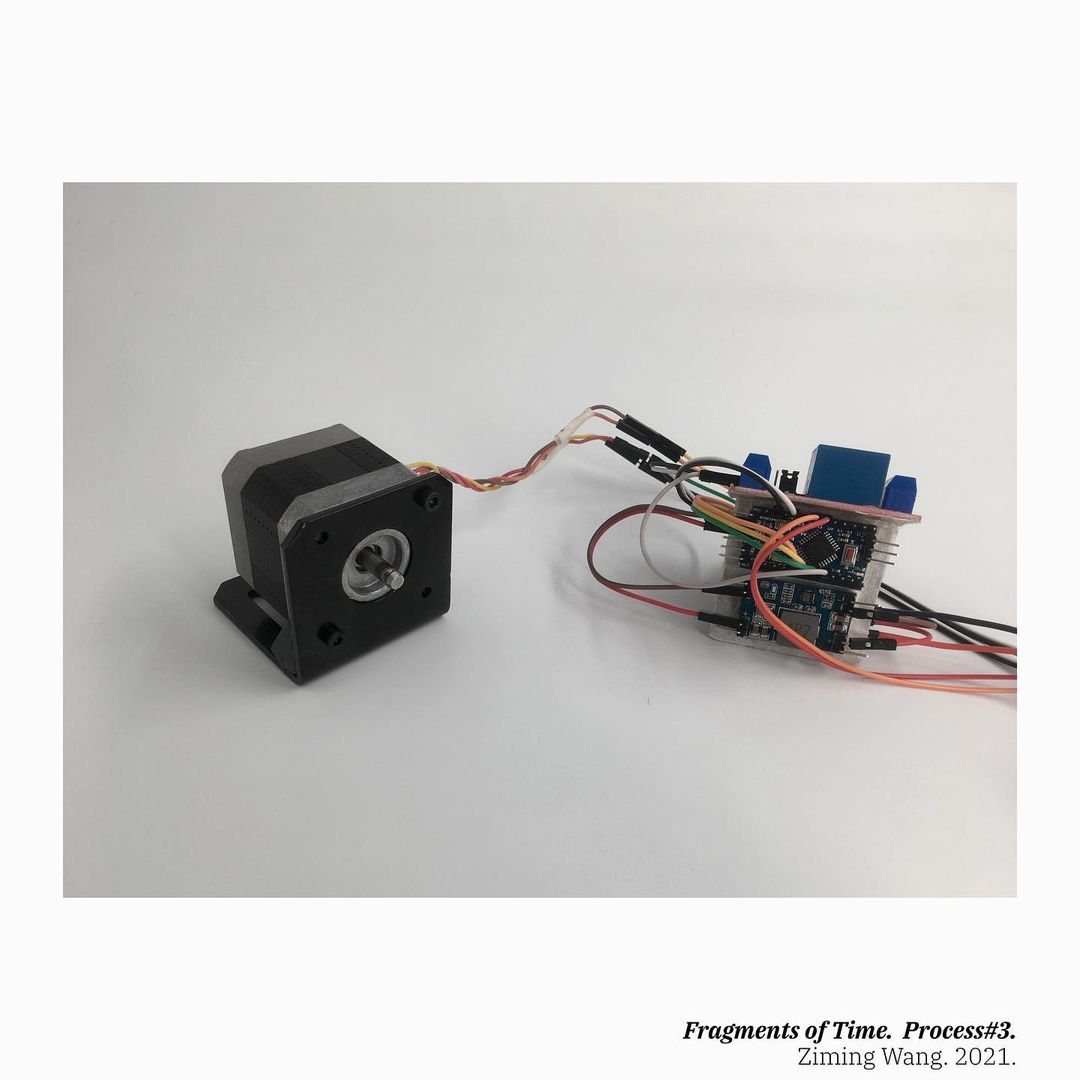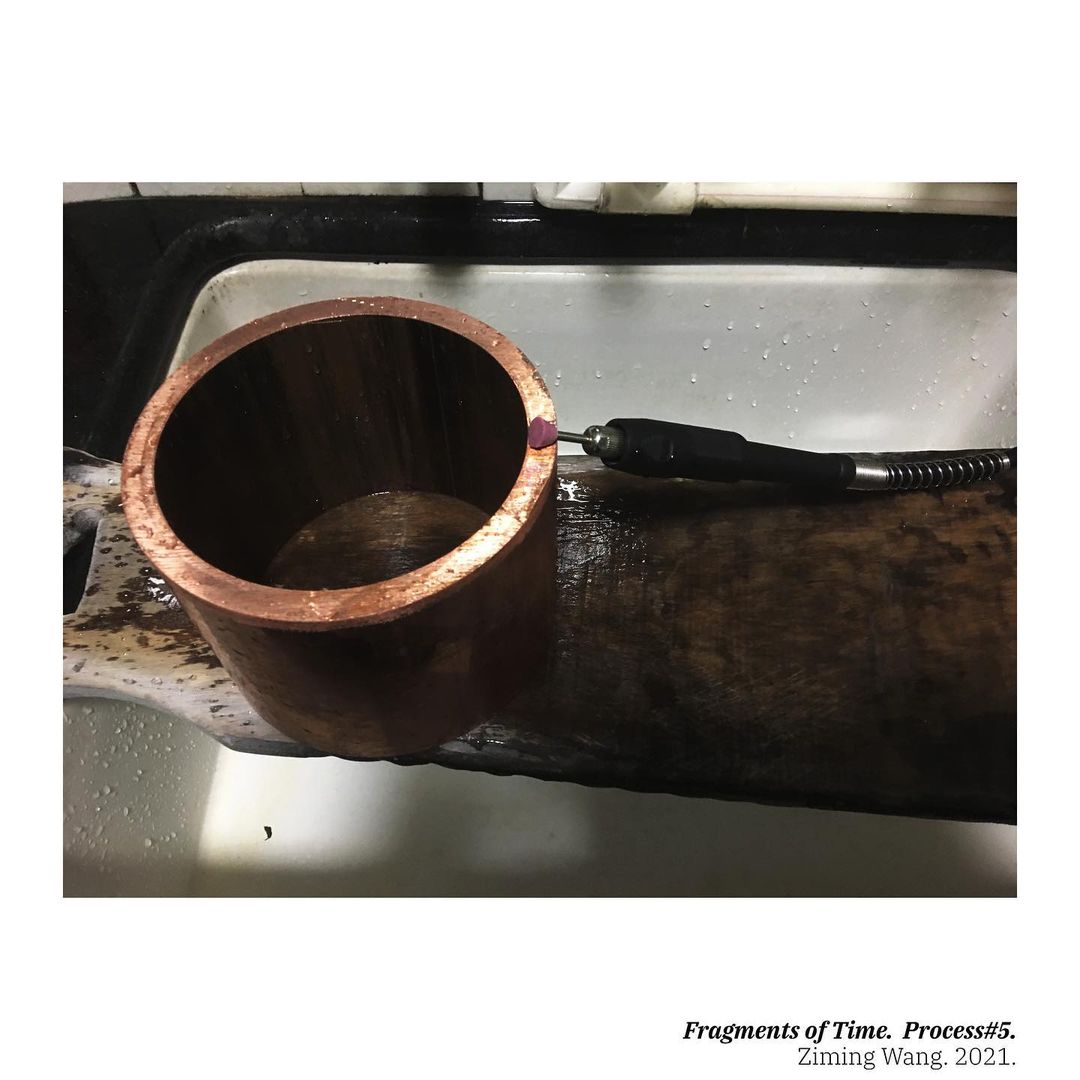︎︎︎︎︎︎︎︎︎︎︎︎︎︎︎︎︎︎︎︎︎︎︎︎︎︎︎︎︎︎︎︎︎︎︎︎︎︎︎︎︎︎︎︎︎︎︎︎︎︎︎︎︎︎︎︎︎︎︎︎︎︎︎︎︎︎︎︎︎︎︎︎︎︎︎︎︎︎︎︎︎︎︎︎︎︎︎︎︎︎︎︎︎︎︎︎︎︎︎︎︎︎︎︎︎︎︎︎︎︎︎︎︎︎︎︎︎︎︎︎︎︎︎︎︎︎︎︎︎︎︎︎︎︎︎︎︎︎︎︎︎︎︎︎
Sculpture
Cedar, copper, custom-made grinder, stainless steel 49.2 × 5.5 × 7.8 in.
2021
A sculptural clock, Fragments of Minutes expresses the passage of time as consumption through the dematerialization of a single pencil.
This work was featured in School of the Art Institute of Chicago (SAIC)’s Whatnot Studio and NYCxDESIGN 2021.







